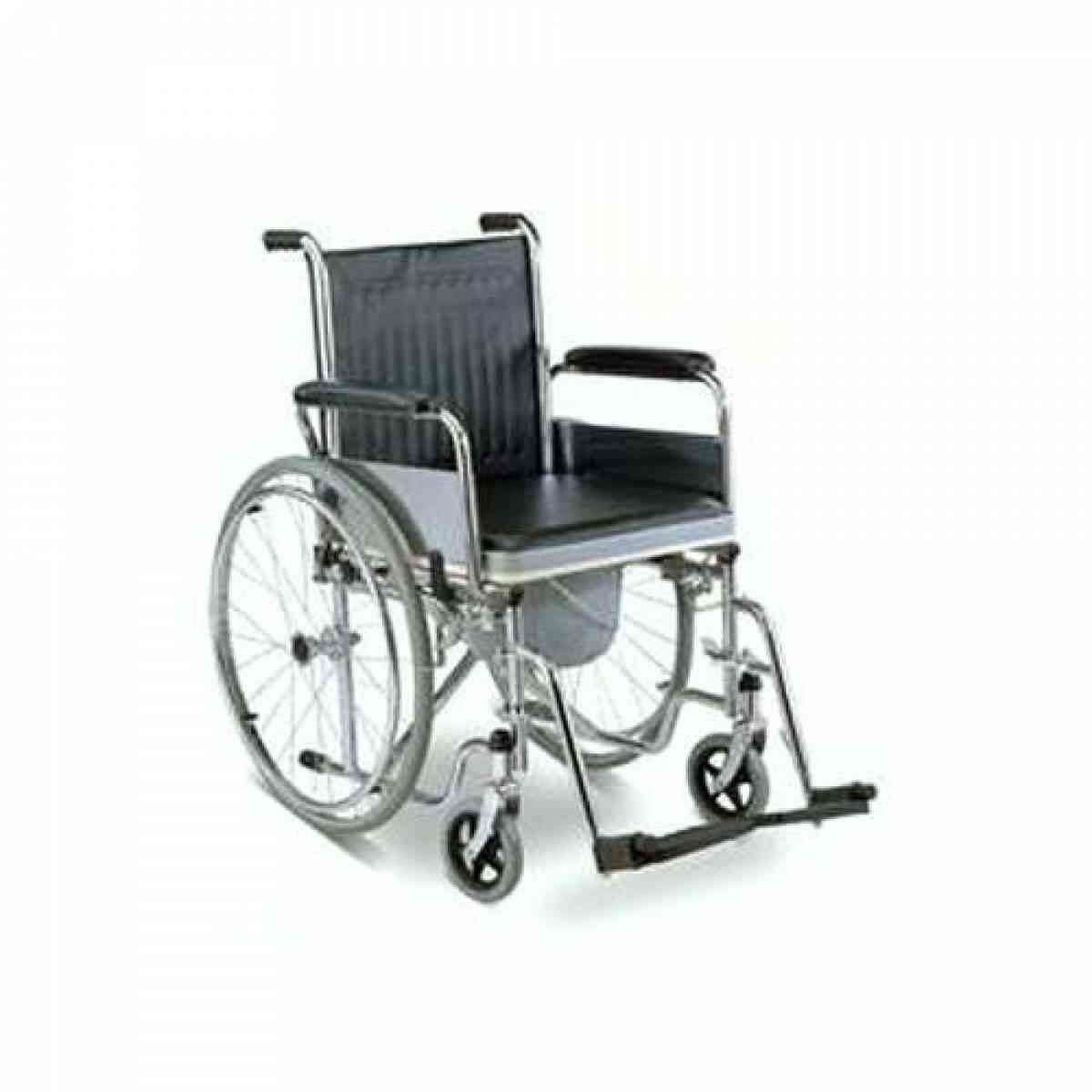Know All You Need To About Commode Wheelchairs

Buying a Commode Chair? - Here's What You Need to Know
Wheelchair mobility enables wheelchair users to study, work, attend social activities, and seek medical attention. A decent wheelchair improves the users' physical health and quality of life by reducing common problems, including pressure sores, deformity progression, respiration and digestion, and mobility.
To attain successful mobility, wheelchair users require a wheelchair that fits them well and meets their specific needs. One such wheelchair is the commode wheelchair.
The seat of a commode wheelchair is open, with a hole for going to the bathroom or shower. Toilet wheelchairs, shower wheelchairs, and potty wheelchairs are all examples of commode wheelchairs. If the patient cannot reach the lavatory, the doctor may install this wheelchair near the bedside. A commode chair with wheels is referred to as a "commode wheelchair."

Wheelchair with a Commode for the Elderly, Disabled, and Patients
A commode wheelchair is also known as an autonomy chair since it makes it easier to provide care to persons with mobility issues and senior citizens at home. To keep the environment safe and comfortable for older folks, assistance gadgets such as a commode wheelchair are essential. These technologies enable seniors to walk around freely while maintaining their independence, dignity, mobility, and personal cleanliness.
Seniors with restricted mobility can use a self-propelled commode wheelchair to comfortably and conveniently access the shower or commode.
What Should You Think About Before Buying A Commode Wheelchair?
There are a few things to consider before purchasing a commode wheelchair to give older people independence and comfort, such as:
- Sitting in a commode wheelchair for long periods should not result in the development of pressure ulcers. The patient should not be injured during transferring or leaning forward, and the user should be able to lock the wheels to keep the chair from moving.
- The seat should be impermeable, give complete support, and be padded to avoid skin pressure. Three directions of hand access from under the seat should be possible.
- The commode wheelchair must have armrests that swing out of the way for smooth transfers. The armrests should support the user's body weight while getting up, sitting down, or repositioning.
- A commode wheelchair must allow caregivers complete access to the cleaning container located beneath the chair.
- Commode wheelchair push rims and handrails must be proportioned for optimal hand positioning. The grip should be covered with a non-slippery material to allow access in wet conditions.
- The wheelchair must have a minimum tip angle of 20° while tilting forward, backward, or sideways.
A commode wheelchair allows for easy access to the lavatory and shower and supports the user in manoeuvring independently. It's great for someone who is frail and unsteady and requires the help of a caregiver. Commode wheelchairs include a sturdy, lightweight chassis with a toilet seat that allows users to use the restroom independently of caregivers.


